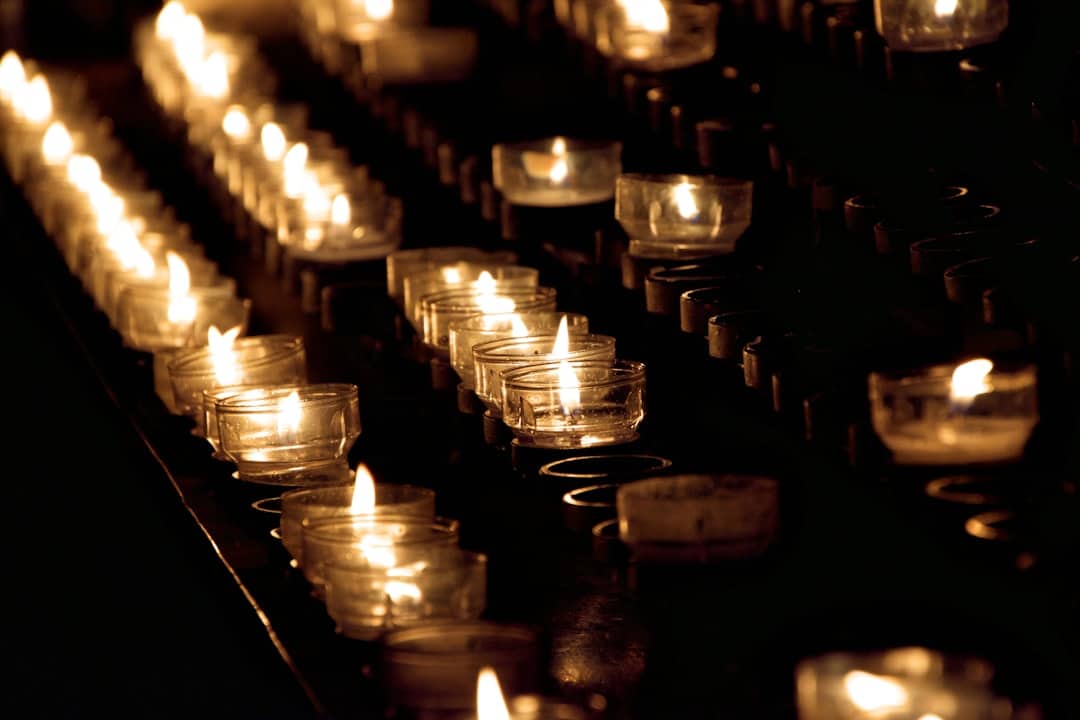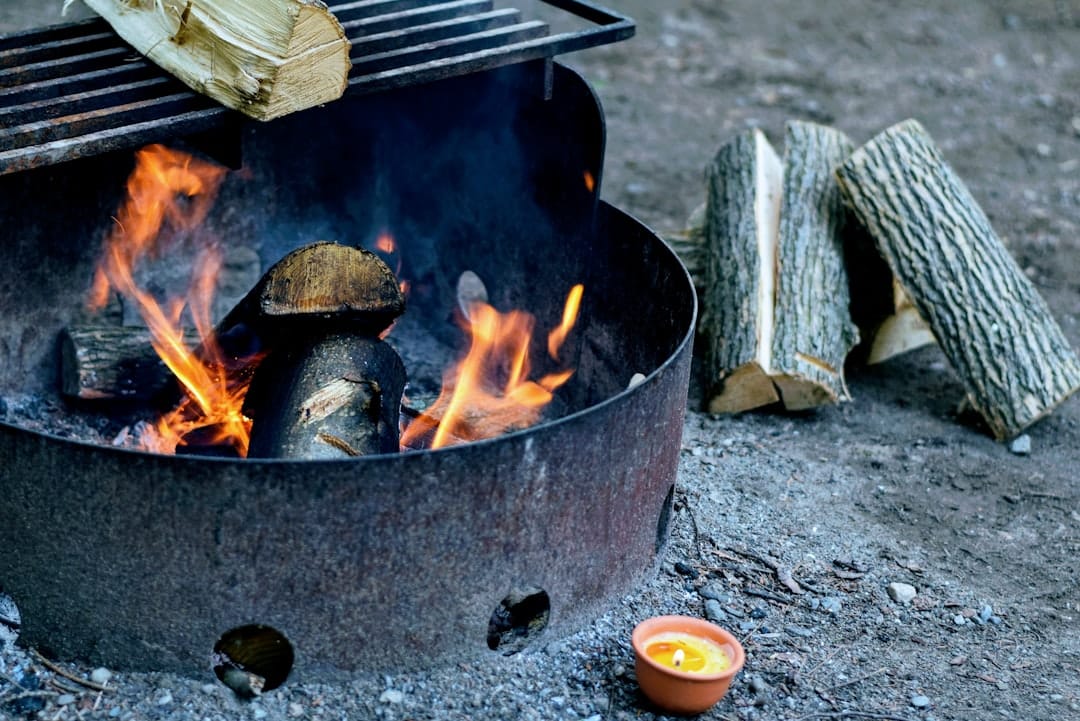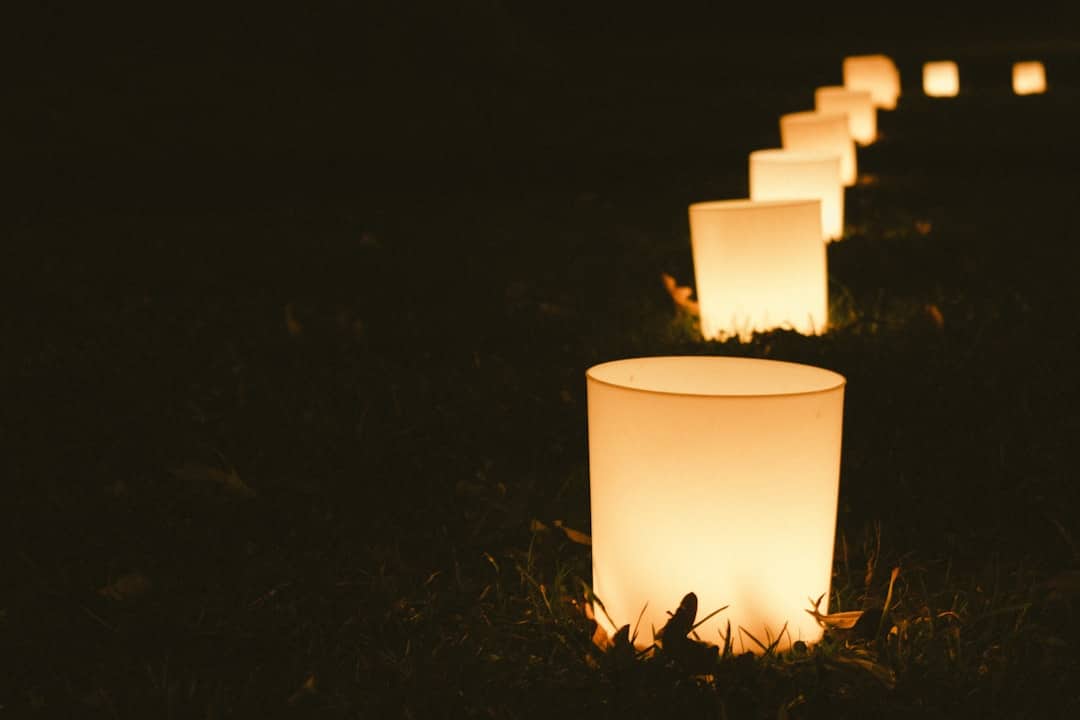|
IN BRIEF
|
Creating your own homemade candles is a fun and creative activity, but why not add a pop of color to your creations? Coloring a candle may seem intimidating, but I assure you it’s child’s play! Natural dyes, colored shavings or even tea bags can transform a simple candle into a personalized work of art. Get ready to dive into the vibrant world of DIY candles and discover simple tips to enhance your candles with vibrant and unique shades!
Do you want to add a touch of color and personalize your handmade candles? Don’t panic! Coloring your homemade candles is child’s play and will allow you to create unique ambiances in your home. Whether you choose natural dyes or more conventional methods, together we will discover how to make colorful candles that will delight your eyes and your senses.
Choosing the right coloring
The first step to coloring your candles is to choose the right type of dye. There are various options: granular, liquid dyes or even marble paints. If you want to add a natural touch, consider using plant-based dyes, like Alkanet root for red, or lemon peel for a beautiful yellow hue. You can also use color chips for pastel shades.
Natural dyes
Natural dyes are great for those who want to limit the chemicals in their creations. For example, for a soft pink, opt for rosehip, and for a pretty apple green, use powdered spinach. These dyes not only add color, but they also bring a touch of authenticity to your candles. For more detailed instructions, check out this link: How to Make Colorful Handmade Scented Candles.
Prepare the Wax in a Double Boiler
To color your candle, it is essential to properly prepare your wax. To do this, place the pieces of wax in a container over a double boiler. This method allows for a gentle and even melting of the wax without the risk of burning. When the wax reaches a temperature of around 95°C, it will be ready to receive the color. This ensures that the dye will be effective in tinting the wax, without the color being lost during the cooling process.
Adjust the colors to your liking
Once your wax is melted, you can add the dye of your choice. If you are using grain dyes, be sure to mix them well to obtain homogeneity. If you opt for liquid dyes, it is recommended to add a few drops, then mix until you reach the desired shade. Do not hesitate to experiment to obtain the perfect result that matches your tastes.
Add fragrances to your colored candles
Speaking of personalization, why not add some fragrances to your candles? Whether with essential oils or fragrances, this will add an olfactory dimension that will complement the visual beauty of your creations. To find out how to do it, you can consult: make a scented and colored candle.
Other coloring techniques
A fun alternative to coloring a candle is to use tea bags. Not only is this method simple, but it can also give a soft, natural color to your wax. Simply let your tea bags infuse in the hot wax to obtain a pretty shade. For other tips, don’t hesitate to take a look at the following article: How to color candles.
Common errors and solutions
Finally, it is normal to encounter some obstacles during your first attempts. If your color didn’t set as expected, a common problem is that the wax wasn’t hot enough for the dye to work. In this case, don’t panic, just remix or re-melt a little wax. And if you ever want to remove accidental stains, don’t hesitate to read this article: How to remove old stains.

Want to add a little touch of color to your homemade candles? Great project! Whether you want to personalize a gift or simply brighten up your home, coloring your candles is a great way to explore your creativity. In this article, we’ll give you tips and advice for making beautiful, colorful candles, while using easily accessible methods and ingredients.
Choosing the right coloring
To bring your candles to life, it is crucial to choose the right one dye. You can opt for granular, liquid dyes, or even marble paints. Don’t hesitate to explore different shades to create unique atmospheres. To find out more details, check out this guide on candle dyes.
Preparing the wax
Before you begin, you need to melt your wax. This is easily done using a water bath. Place the wax pieces in a container over the water, and let heat until completely melted. Make sure the temperature reaches around 95°C so that the colorings incorporate perfectly.
Adding color
Once your wax is melted, it’s time to add the dye. Whether you choose to add color chips or liquid coloring, mix well to obtain a uniform color. If the idea of making multi-colored candles tempts you, why not explore the possibilities with the techniques available? Discover fascinating options at multi-colored candles.
Use natural ingredients
If you are looking for a natural alternative, know that it is possible to color candles with ingredients such as tea bags or even spices. For different shades, you can for example use lemon zest for yellow, or Alkanet root for a bright red. To learn more about these techniques, read this article on color a candle with tea bags.
Creative conclusion
Coloring your homemade candles is a fun and creative way to add a personal touch to your decor. Whether you use traditional methods or natural alternatives, the possibilities are endless. Feel free to explore and experiment to find what you like best!
Homemade Candle Coloring Methods
| Method | Description |
| Coloring granules | Add colored beans directly into the melted wax for varied shades. |
| Liquid dyes | Use a few drops of liquid coloring to obtain a homogeneous mixture. |
| Tea bags | Steep tea bags in the melted wax for natural coloring. |
| Natural pigments | Incorporate plant extracts for organic, eco-friendly colors. |
| Marbling paints | Create artistic designs by adding marble paints to the surface. |
| Soy wax | Use this wax to achieve beautiful pastel shades. |
| Food coloring | Surprising but true, food coloring can also be used successfully. |

- Natural dyes: Use orange shells or lemon zest to obtain natural shades.
- Colored chips: Add colored wax shavings to your melted wax mixture.
- Tea bags: For a subtle color, use tea bags in your hot wax.
- Liquid dyes: Opt for liquid dyes specially designed for candles.
- Powder pigments: THE powder pigments can also add a vibrant touch.
- Marbling paint: Create unique designs using marble paint in your candle.
- Soy wax: This wax allows you to obtain pastel shades easily.
- Food colorings: Use food colorings to tint your candles without complex chemistry.

FAQ: How to Color a Homemade Candle
Q: What types of dyes can I use for my candles? You can use grain dyes, liquid dyes or even marbling paints to personalize your creations.
Q: How do I prepare the wax before coloring it? To begin, put the wax in a double boiler by placing the pieces in a small container over the boiling water.
Q: Is it possible to color a candle with tea bags? Yes, just heat the paraffin to around 95°C so it can absorb the color of the tea bags.
Q: How do I add colors to wax melts? Simply add color chips or liquid dye to the melted wax and mix thoroughly to achieve an even color.
Q: Which wax should I use to obtain pastel shades? Soy wax is ideal for creating pretty pastel tones such as pink, turquoise or yellow.
Q: Are there natural candle dyes? Yes, you can use ingredients like Alkanet root for red, lemon zest for yellow, or achiote seeds for orange.
Q: How to make multi-colored candles? To create a multi-colored candle, simply pour the colored wax in different layers, letting each layer harden before adding the next.
Q: Can I use food coloring for my candles? Yes, food coloring can also be used to dye your candles, but make sure it is well incorporated.
Q: What is the ideal temperature for coloring wax? The wax must be hot enough to absorb the colors well, generally around 85 to 95°C depending on the type of wax used.





